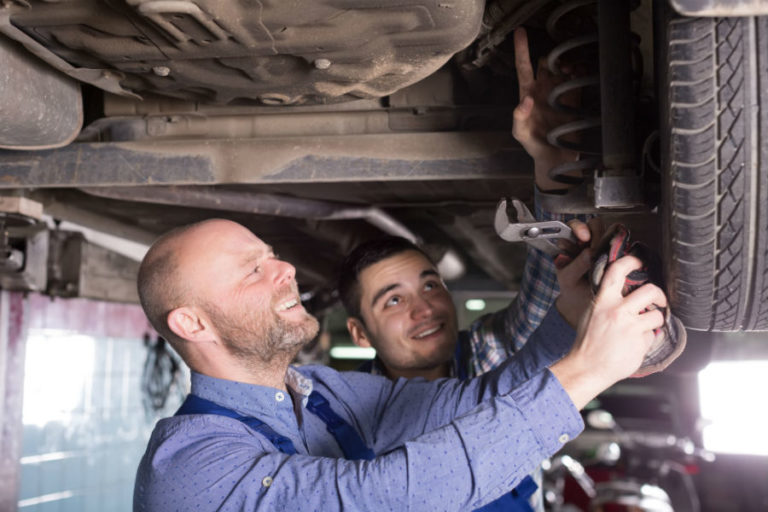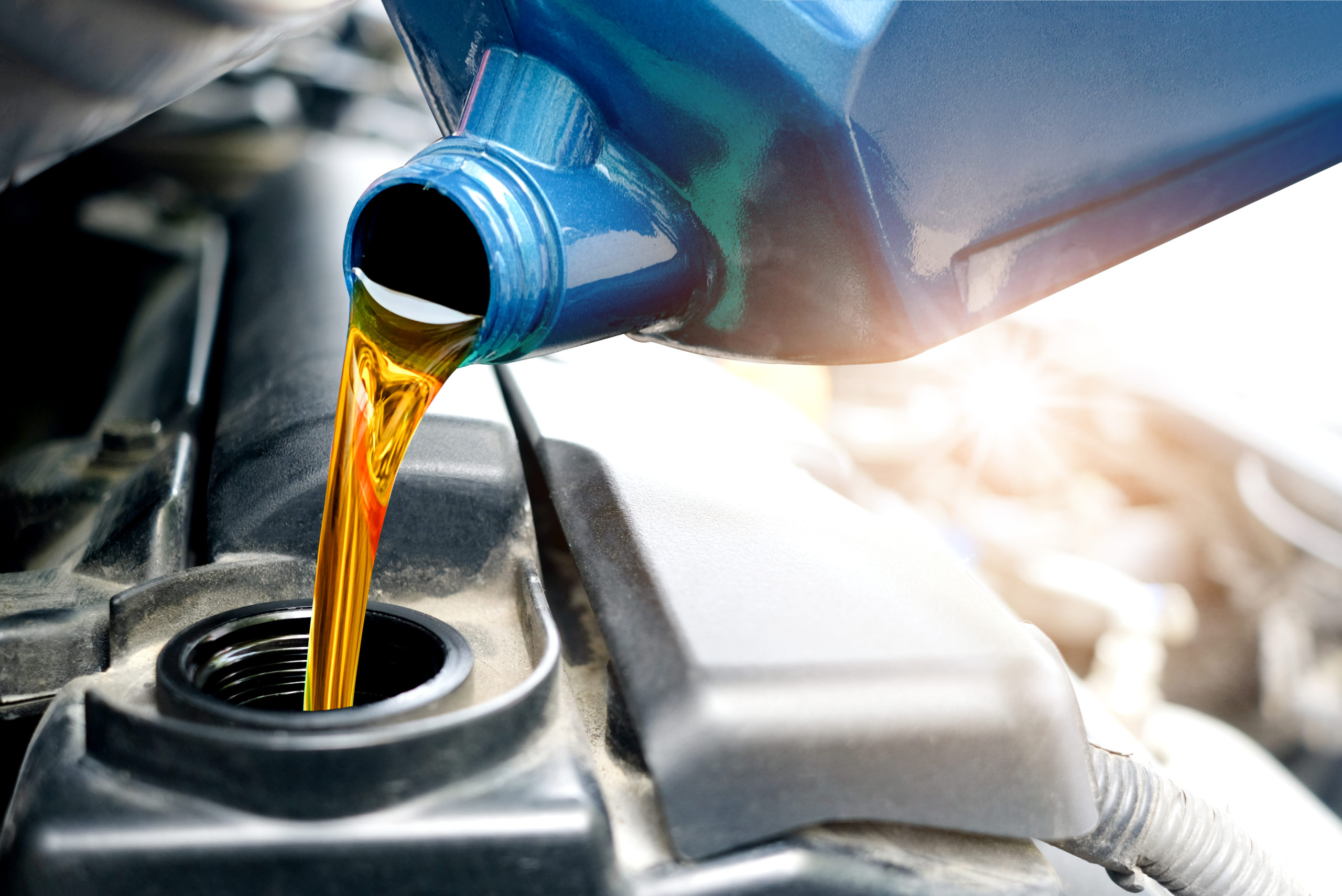Excessive vibration coming from a car’s tires can be a highly distressing phenomenon. Worse still, this issue tends to grow worse as time goes on, if not attended to quickly enough. In many cases, such vibration stems from a tire and wheel assembly that needs to be professionally rebalanced.
Yet poor balance is hardly the only thing that can cause a car to vibrate. The phenomenon known as tire runout can also lead to vibrations. Unfortunately, many car owners fail to understand the nature of tire runout. This article will expand your understanding of tire runout, as well the role it plays in how your car handles and performs.
Tire Runout
Tire runout — also sometimes referred to as out-of-round — involves a tire which is no longer perfectly round. As a result, the tire’s balance will be thrown off. Up to a certain point, runout won’t affect the performance of a car. Yet once it reaches a critical threshold, problems like vibration and excessive wear will ensue.
Tire runout may take one of two forms, known respectively as radial and lateral runout. Radial runout, which tends to be more common, has to do with the distance between a tire’s tread and the center of the wheel. Ideally, this distance should be the same at virtually any point on the outside of the tire.
Radial runout involves distance discrepancies from one point to another. The greater this discrepancy, the more it will cause the wheel to bounce up and down as it rotates. This bouncing causes the vibrations that often travel up through the steering column, becoming noticeable inside of the car.
Lateral runout has to do with the distance between the center and the edge of a tire’s tread. The greater the amount of lateral runout, the less support a tire will have at certain points in its rotation. This lack of support can cause the tire to wiggle or vibrate. It may also cause a car to veer erratically left and right as it moves.
Causes
Tire runout tends to be a self-propagating issue. In other words, once the process of runout has begun, it will progressively grow worse and worse. Yet runout may have a number of root causes that set this spiral into motion. In the majority of cases, the initial issue involves a wheel or tire that was not installed correctly.
You can avoid this cause of runout by always having a professional mechanic install your wheels and tires. Not only will they have the experience necessary to perform this task correctly, but they will also check their work using a special runout gauge. Such tools allow them to ensure that a wheel goes on straight and true.
Runout may also stem from tires with manufacturing flaws. Less expensive tires often suffer from this issue. For one thing, cheaper tires are not subject to as many quality control protocols. Second, the manufacturers of such wheels often use inferior wheel molds. High-quality tires should be manufactured using segmented molds.
Prevention
Proactive car owners can prevent tire runout in a number of ways. The first involves stocking your automobile with only the highest quality tires. While it can be daunting to pay more for such tires, remind yourself that you will be saving money in the long run by preventing runout and associated problems.
Second, have your tires inspected, rotated, and maintained on a regular basis. An ounce of prevention will go a long way to ensuring that your tires stay as close as possible to a perfectly round state. For more information on what it takes to keeps your tires in tip-top shape, contact the experts at Evans Tire & Service Centers.





